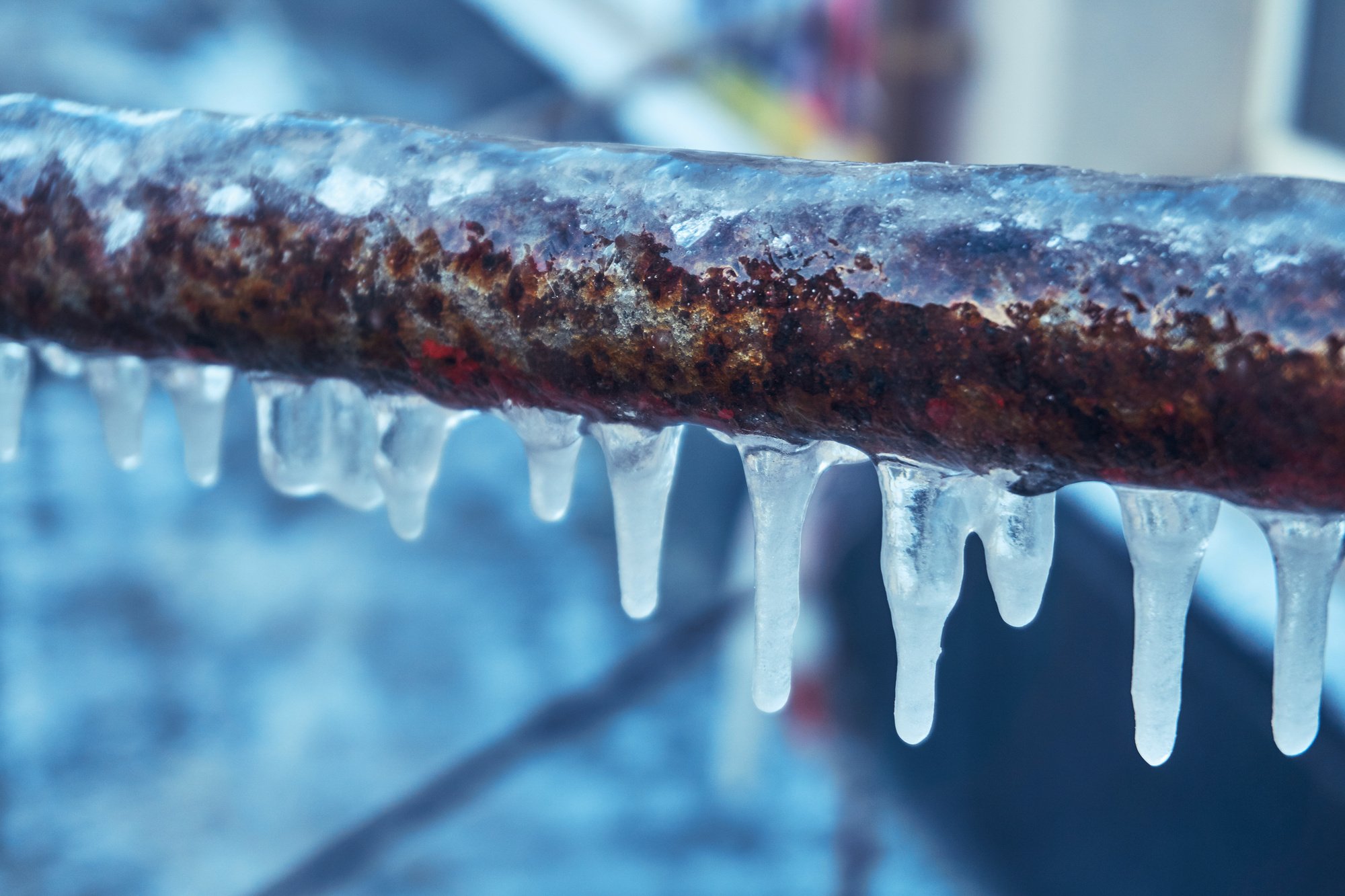Key Strategies for Preventing Frozen Pipes in Cold Weather
Key Strategies for Preventing Frozen Pipes in Cold Weather
Blog Article
Just how do you really feel on the subject of How to prepare your home plumbing for winter weather?

Cold weather can ruin your pipes, particularly by freezing pipes. Here's how to prevent it from occurring and what to do if it does.
Intro
As temperature levels decline, the danger of frozen pipelines boosts, potentially resulting in expensive fixings and water damages. Recognizing exactly how to stop frozen pipes is essential for homeowners in cool climates.
Understanding Icy Pipes
What creates pipes to ice up?
Pipes freeze when subjected to temperature levels below 32 ° F (0 ° C) for expanded periods. As water inside the pipelines freezes, it expands, putting pressure on the pipeline walls and potentially creating them to burst.
Dangers and problems
Frozen pipes can lead to water system disruptions, property damage, and costly repair services. Ruptured pipelines can flooding homes and create comprehensive structural damages.
Indicators of Frozen Piping
Recognizing frozen pipelines early can avoid them from breaking.
Exactly how to recognize frozen pipelines
Try to find reduced water circulation from faucets, uncommon odors or sounds from pipes, and visible frost on revealed pipes.
Prevention Tips
Insulating vulnerable pipes
Cover pipelines in insulation sleeves or use heat tape to safeguard them from freezing temperatures. Focus on pipelines in unheated or exterior areas of the home.
Home heating techniques
Maintain indoor spaces properly heated, particularly locations with pipes. Open cupboard doors to allow warm air to circulate around pipelines under sinks.
Safeguarding Outside Pipes
Yard hoses and exterior taps
Detach and drain pipes yard hoses before winter. Mount frost-proof spigots or cover exterior taps with protected caps.
What to Do If Your Pipes Freeze
Immediate actions to take
If you believe icy pipelines, maintain taps open up to relieve stress as the ice thaws. Make use of a hairdryer or towels taken in hot water to thaw pipes slowly.
Long-Term Solutions
Architectural modifications
Consider rerouting pipelines away from exterior wall surfaces or unheated areas. Add additional insulation to attics, cellars, and crawl spaces.
Updating insulation
Purchase high-quality insulation for pipelines, attics, and wall surfaces. Proper insulation aids preserve constant temperatures and lowers the risk of icy pipes.
Verdict
Protecting against icy pipes requires positive actions and quick reactions. By comprehending the causes, indications, and safety nets, homeowners can protect their pipes throughout cold weather.
Helpful Tips to Prevent Frozen Pipes this Winter
UNDERSTANDING THE BASICS: WHY PIPES FREEZE AND WHY IT’S A PROBLEM
Water freezing inside pipes is common during the winter months, but understanding why pipes freeze, and the potential problems it can cause is crucial in preventing such incidents. This section will delve into the basics of why pipes freeze and the associated problems that may arise.
THE SCIENCE BEHIND FROZEN PIPES
When water reaches freezing temperatures, it undergoes a physical transformation and solidifies into ice. This expansion of water as it freezes is the primary reason pipes can burst. As the water inside the pipe freezes, it expands, creating immense pressure on the walls. If the pressure becomes too great, the pipe can crack or rupture, leading to leaks and water damage.
FACTORS THAT CONTRIBUTE TO PIPE FREEZING
Low Temperatures: Extremely cold weather, especially below freezing, increases the risk of pipes freezing. Uninsulated or Poorly Insulated Pipes: Pipes located in unheated areas, such as basements, crawl spaces, or attics, are more prone to freezing. Insufficient insulation or lack of insulation altogether exacerbates the problem. Exterior Wall Exposure: Pipes running along exterior walls are susceptible to freezing as they encounter colder temperatures outside. Lack of Heating or Temperature Regulation: Inadequate heating or inconsistent temperature control in your home can contribute to frozen pipes. PROBLEMS CAUSED BY FROZEN PIPES
- Pipe Bursting: As mentioned earlier, the expansion of water as it freezes can cause pipes to burst, resulting in significant water damage.
- Water Damage: When pipes burst, it can lead to flooding and water damage to your property, including walls, ceilings, flooring, and personal belongings.
- Structural Damage: Prolonged exposure to water from burst pipes can compromise the structural integrity of your home, leading to costly repairs.
- Mold and Mildew Growth: Excess moisture from water damage can create a favorable environment for mold and mildew growth, posing health risks to occupants.
- Disrupted Water Supply: Frozen pipes can also result in a complete or partial loss of water supply until the issue is resolved.
WHY CERTAIN PIPES ARE MORE PRONE TO FREEZING
- Location: Pipes located in unheated or poorly insulated areas, such as basements, crawl spaces, attics, or exterior walls, are at higher risk of freezing.
- Exterior Pipes: Outdoor pipes, such as those used for irrigation or exposed plumbing, are particularly vulnerable to freezing as they are directly exposed to the elements.
- Supply Lines: Pipes that carry water from the main water supply into your home, including the main water line, are critical to protect as freezing in these lines can affect your entire plumbing system.
- Underground Pipes: Pipes buried underground, such as those connected to sprinkler systems or outdoor faucets, can be susceptible to freezing if not properly insulated.
https://busybusy.com/blog/helpful-tips-to-prevent-frozen-pipes-this-winter/

As a person who reads about 6 Ways to Prevent Frozen Pipes, I thought sharing that piece of content was worth the trouble. Remember to take the opportunity to promote this content if you enjoyed reading it. We love reading our article about How to prepare your home plumbing for winter weather.
Click Here Report this page